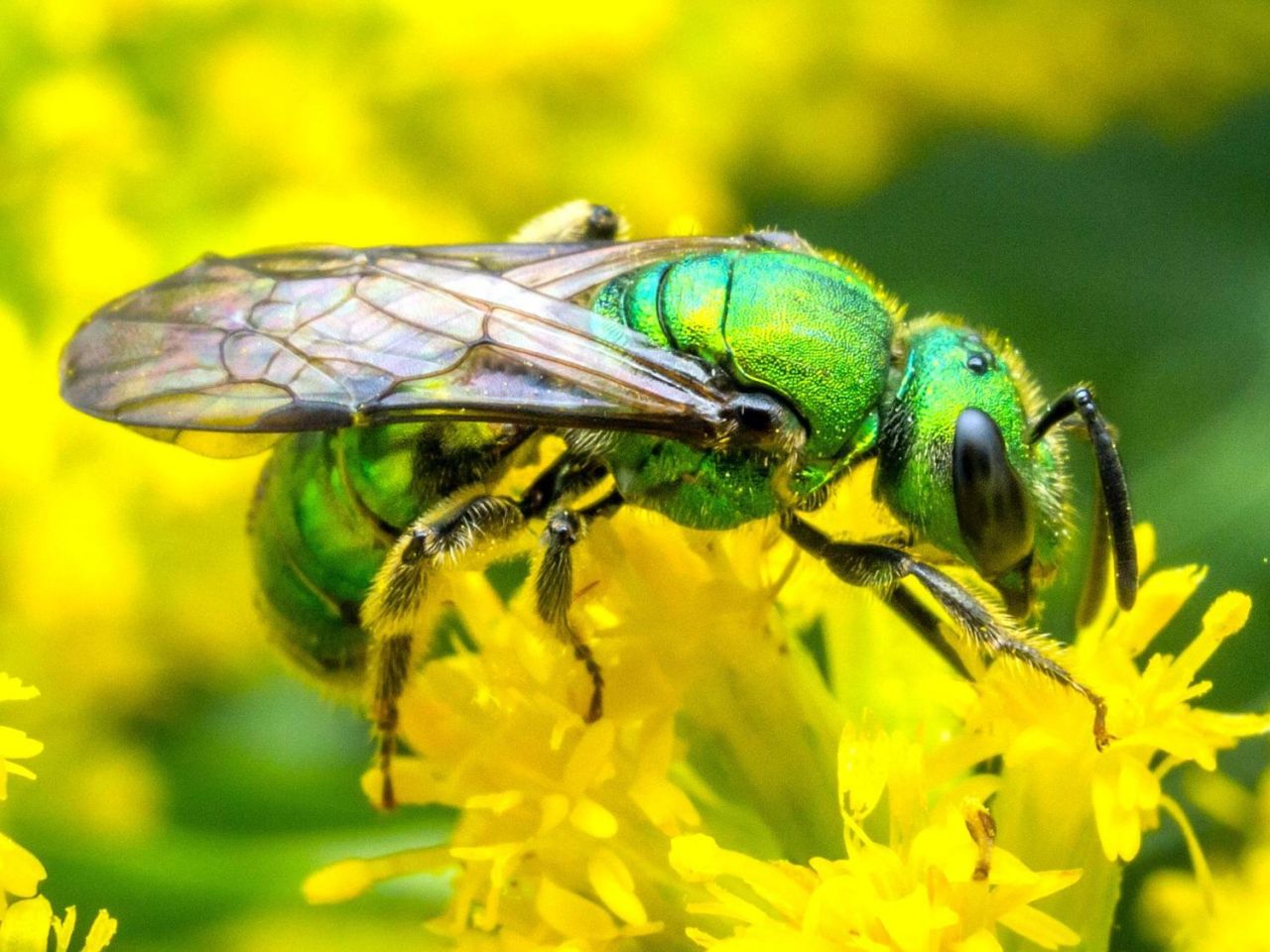January 27, 2023
Study suggests one-third of wild bee species in Pa. have declined in abundance
Researchers say monitoring bee biodiversity can help in conserving pollinators

Over a six-year period in south-central Pennsylvania, measures of biodiversity among wild bee communities declined and one-third of species experienced decreases in abundance, according to a Penn State-led team of researchers.
Findings from their recently published study, the researchers contend, demonstrate the value of standardized, season-wide sampling across multiple years for identifying patterns in bee biodiversity and monitoring population trends among species.
“Pollinators facilitate the reproduction of more than 80% of flowering plants and increase the yield of about three-fourths of crop species,” said study lead author Nash Turley, postdoctoral scholar in entomology in Penn State’s College of Agricultural Sciences.
“Bees are one of the most important groups of pollinators, but previous research has found troubling declines among wild bees,” he said. “For example, the range and abundance of some species have shrunk substantially, especially bumble bees in North America and Europe. Tracking changes in bee biodiversity is important for developing pollinator management plans that can help sustain wild plant communities and maximize crop yields.”
In this study, the research team set out to characterize changes in bee community biodiversity and changes in abundance of specific species, both during individual years and from year to year, covering the period from 2014 to 2019. The study took place in and around Penn State’s Fruit Research and Extension Center, near Biglerville in Adams County.
